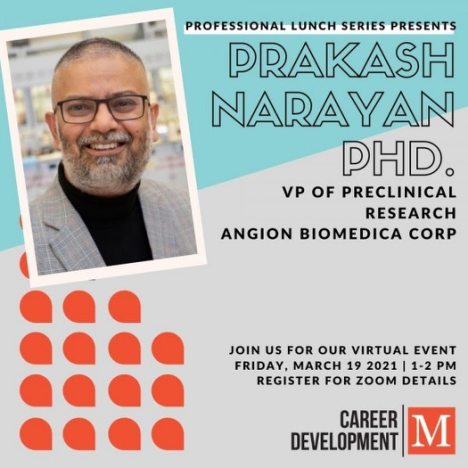By: Michael Tamsuriyamit ‘23
As the country slowly starts to reopen and return to normalcy, many people may be working from home for the very last time. While stuck at home, many have found it difficult to stay as productive as they were in the workplace before the pandemic. Now that it’s summer, some people may find it even more challenging to complete the work they need to get done.
Below are just a few tips on how to maintain one’s productivity while still working remotely:
Getting Your Day Set-Up

Completing one’s morning routine is essential to staying productive at home. Although you may not be traveling to school/work, little things such as getting out of bed, brushing one’s teeth or having your daily cup of coffee indicate that your day is about to begin. In fact, actions like getting dressed motivates you to get into work mode. “The simple act of changing clothes serves as a signal that it’s time to wake up and get things done,” says Regina Borsellino from The Muse.
Choosing Your Workspace

Finding a quiet place to work inside your home may be challenging yet very important. Your workspace should not be your bed, but rather a table where you have ample space, a source of lighting, outlets for any electronic devices (e.g. laptop), as well as any other amenities you may need to help you get work done for the day.
Once you have found your spot, try to stick with it. Laura Mae Martin, a productivity advisor for Google, says that “By working in the same space each day, your brain starts to associate that spot with working.”
Outlining Your Day’s Goals, and Then Accomplishing Them

Although some people may try to make a mental note of everything they need to get done, it’s good practice to write down what you want to accomplish on a daily basis. You can do this by using a planner or even a notepad where you can write down all the individual tasks you plan on doing that day. Be sure to check/cross off tasks as you completed them in order to keep track of your progress.
Scheduling Time for Yourself & Taking Breaks

Working from home over time may become a bit monotonous. It’s crucial you take breaks throughout the day so that you avoid experiencing burnout.
Breaks can consist of many things, including but not limited to: getting up from your chair to stretch or exercise, taking a ten-minute walk around your block, or even going on your phone to check your personal messages or watch some YouTube. Also be sure to schedule time to eat breakfast and lunch – it is not healthy to skip meals just so you can finish your work.
Other Useful and Miscellaneous Tips

- Distributing Your Time to Various Tasks: You may easily find yourself working on one particular task longer than you expected. Try setting a timer (i.e. designating specific periods of time) for different tasks, and when the time is up, work on something else. The Pomodoro Technique has helped many people improve their time management and work productivity.
- Limit Distractions: While working from home, it’s easy to become distracted by the news on your TV screen or the notification sounds coming from your phone. Try to minimize any disruptions to your workday so that you can stay concentrated.
- Finding “Accountability Partners”: Some people may find themselves to be more productive within a group setting. If you’re not required to be on a work call 24/7, try finding colleagues to do work over zoom with. It’s a good alternative for those looking to keep themselves accountable by working with people other than their family members and coworkers.
For additional tips and advice on how to be productive from home, check out the following links:
Vault: 8 Tips to Stay Productive When Working from Home
The Muse: 7 Essential Tips for Working From Home During the Coronavirus Pandemic
The Balance Careers: How to Optimize Productivity While Working From Home
Time: 5 Tips for Staying Productive and Mentally Healthy While You’re Working From Home
—
Interested in writing a blog for the Career Development blog? It’s open to Macaulay students and alums. If you would like to contribute or have any questions, feel free to email Jamie.Ruden@mhc.cuny.edu.














































